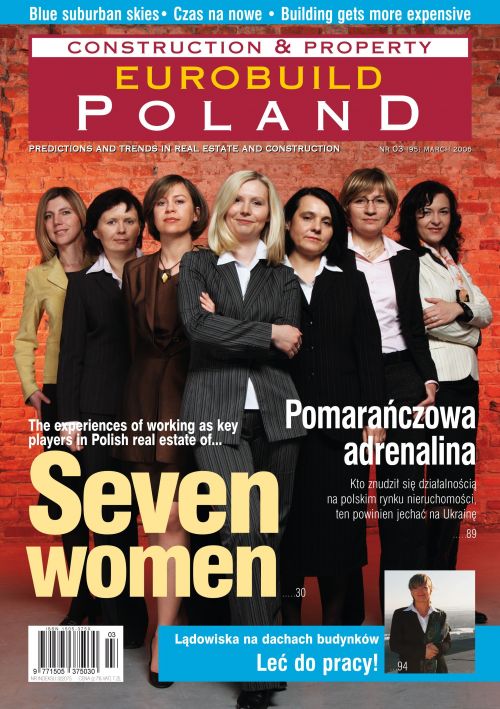Ulica Grzybowska, much abused in the past by both occupying armies and town planners, is now a hotbed of modern developments - posing architects some very specific problemsLying almost entirely within Warsaw\'s Central Business District, ul. Grzybowska is a street whose complex and tragic history seems to be a microcosm of Warsaw itself. Ul. Żelazna divides it into an industrial western side and a residential eastern end. Densely built up before the war, during the German occupation part of it fell inside Warsaw\'s Jewish ghetto. However, by the time hostilities finally ceased, ul. Grzybowska had been almost totally destroyed. Poland\'s new rulers - the communist Polish People\'s Republic - could have chosen to restore the street to its former state, but instead opted to build it anew.End of the industrial eraThe western section of ul. Grzybowska, running from ul. Żelazna to ul. Karolkowa, had always been dominated by industrial buildings and continued to have this function after the






























































